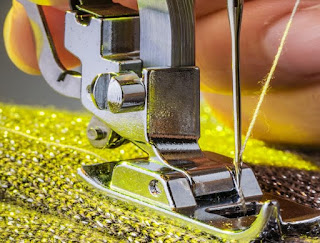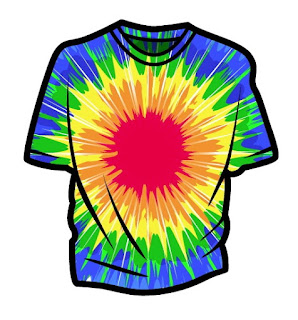Yarn Count Test

In textile engineering purposes we need more calculations and, today I hope to describe such details by giving suitable examples. Yarn count Test In yarn count test we must know about linear density and it means how many grams available in unit length of yarn. it is known as linear density of yarn and it can be taken from following formula. Linear Density = Mass in gram/ Unit length in meter Now I hope to describe Tex, Decitex, Denier and cotton count values. Here tex, decitex, denier are belonging to direct yarn count and cotton count is belonging to indirect yarn count. Yarn Count in Tex: How many grams in 1000 m is known as tex. And here, Tex value = (Yarn weight in yarn/ Yarn length) * 1000 Yarn count in Decitex: How many grams in 10000 m is known as decitex. ...





